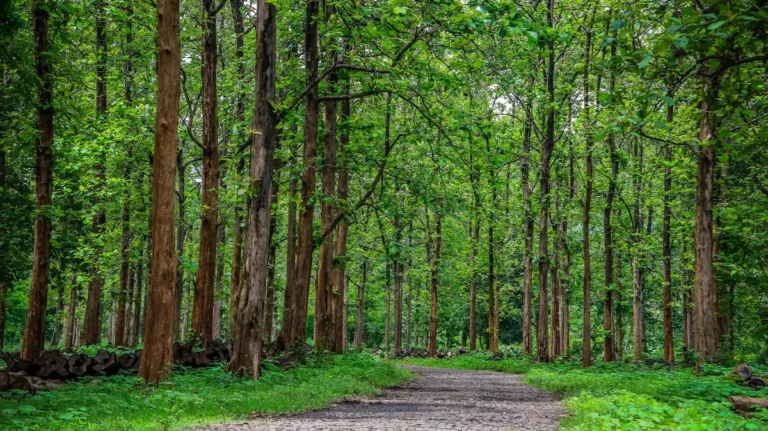South Sudan is home to several important forested areas, which are vital for biodiversity, local livelihoods, and environmental stability. While much of the country is covered by savannah and woodland, there are some notable forest regions. Here are the major forests and forest types in South Sudan:
Major Forests and Wooded Areas
- Imatong Forest (Imatong Mountains)
- Location: Eastern Equatoria State, near the border with Uganda.
- Importance: This is the most biologically rich forest in South Sudan, featuring tropical montane forest. It’s part of the Eastern Afromontane Biodiversity Hotspot.
- Flora & Fauna: Home to rare plant species, primates, and bird species. It includes valuable timber species.
- Threats: Deforestation, shifting agriculture, and conflict-related disturbances.
- Boma National Park Woodlands
- Location: Jonglei State, bordering Ethiopia.
- Type: Miombo and acacia woodland mixed with grassland savannah.
- Importance: One of the largest intact ecosystems in East Africa. Seasonal forest cover that supports migratory wildlife, including antelope and elephants.
- Bandingilo National Park Forests
- Location: Central Equatoria and Jonglei.
- Type: Mixed woodlands and floodplain forest.
- Features: Known for large herds of wildlife and seasonal wetlands.
- Yei and Maridi Forest Areas
- Location: Western Equatoria.
- Type: Equatorial rainforest fragments.
- Use: These forests are important for local communities for fuelwood, timber, and medicinal plants.
- Conservation Status: Some parts under pressure from logging and agricultural expansion.
- Sudd Wetland Forests
- Location: Central South Sudan.
- Type: Flooded grassland and swamp forest.
- Special Note: The Sudd is one of the largest wetlands in the world and includes seasonal forests and papyrus swamps that provide critical carbon storage and habitat.
Key Forest Types in South Sudan
- Tropical montane forests: Found in highlands like Imatong.
- Savannah woodlands: Acacia and broad-leaved trees dominate.
- Riverine and gallery forests: Along the Nile and its tributaries.
- Swamp and floodplain forests: In the Sudd region.
Conservation and Challenges
- Deforestation: Driven by charcoal production, agriculture, and insecurity.
- Lack of enforcement: Weak institutional frameworks for forest conservation.
- Climate change: Increasing pressure on already fragile ecosystems.



